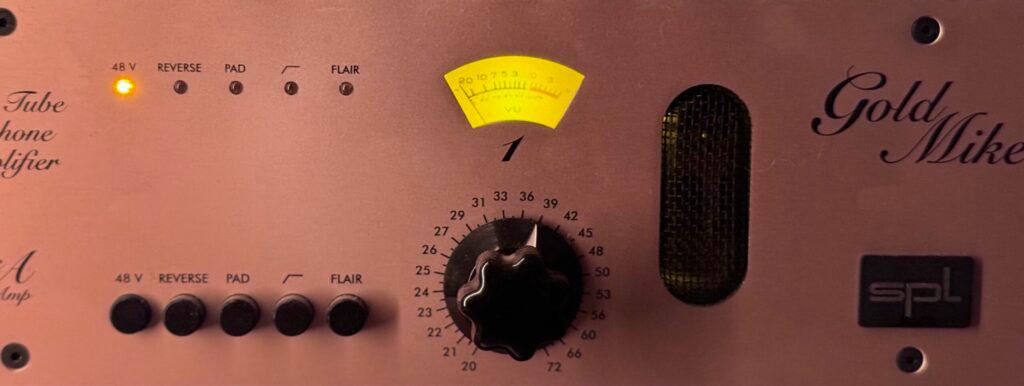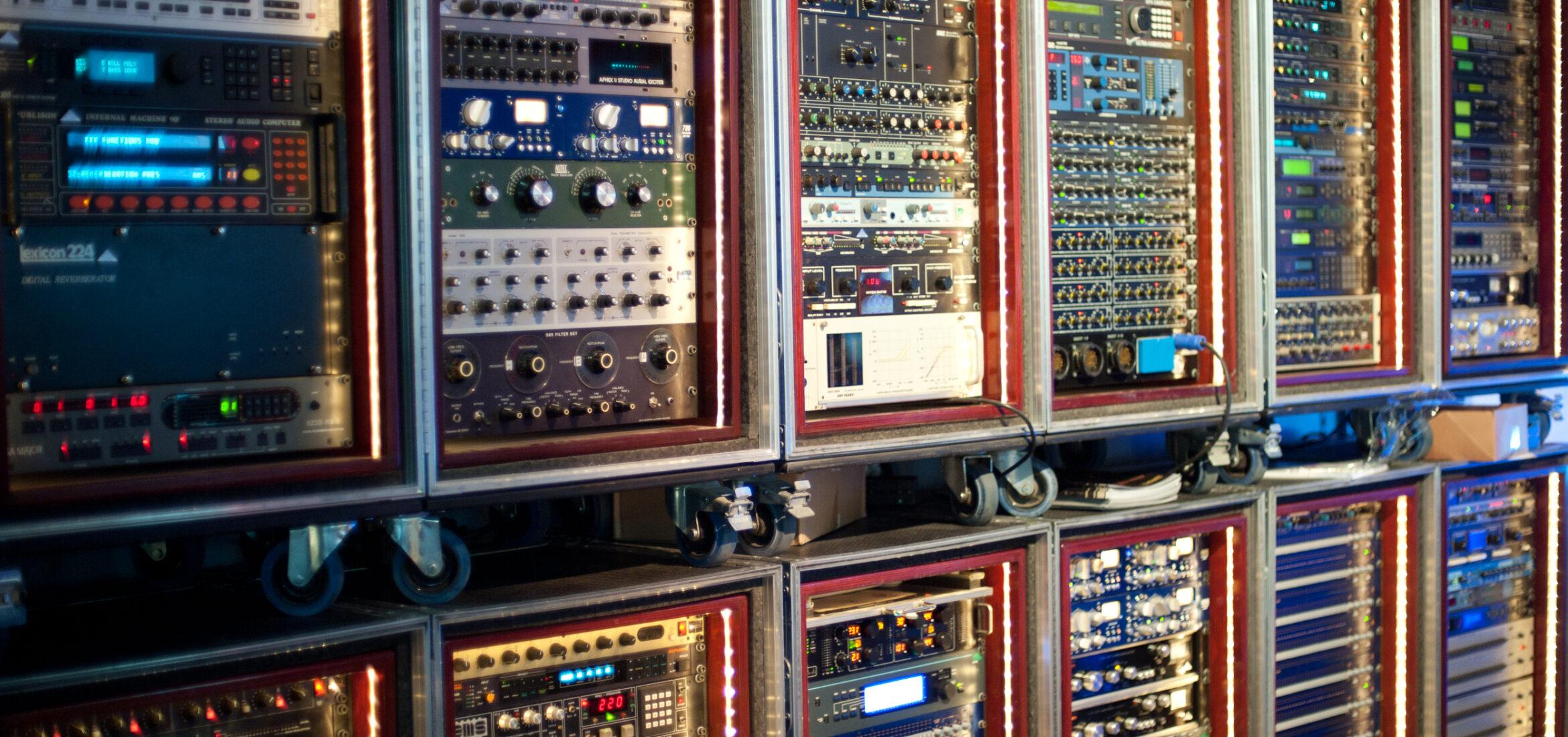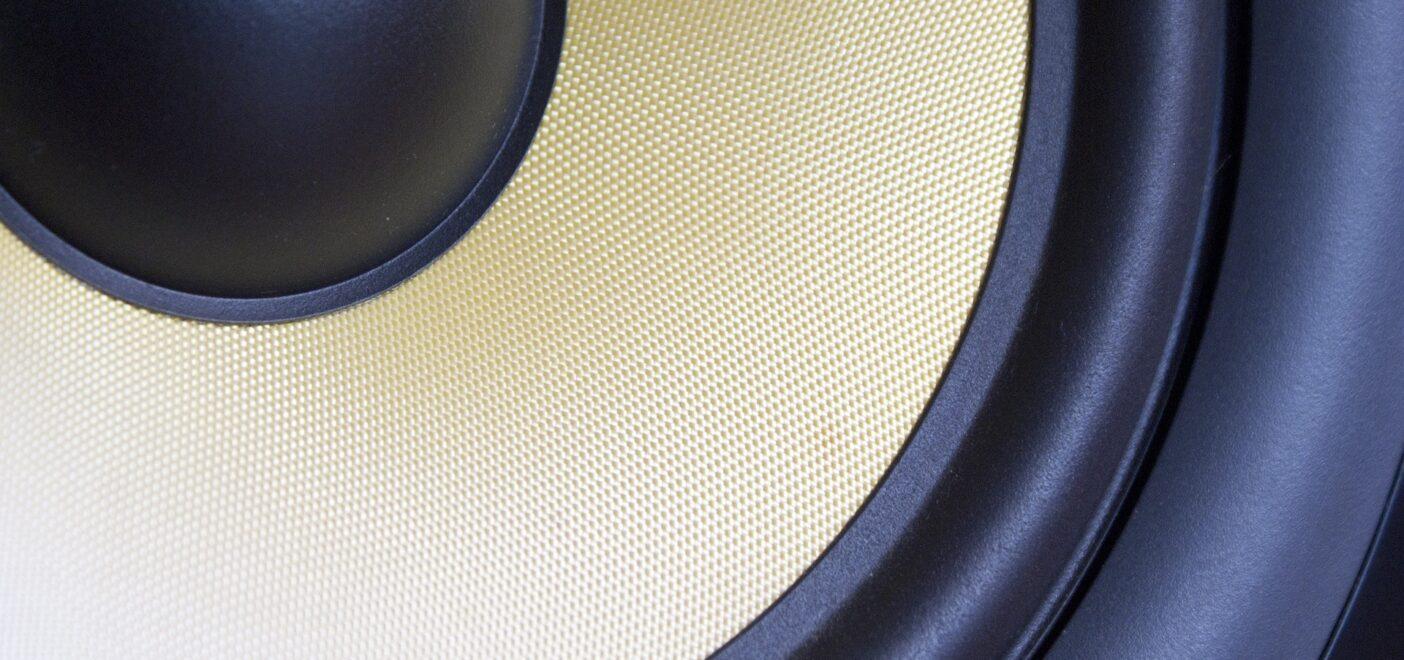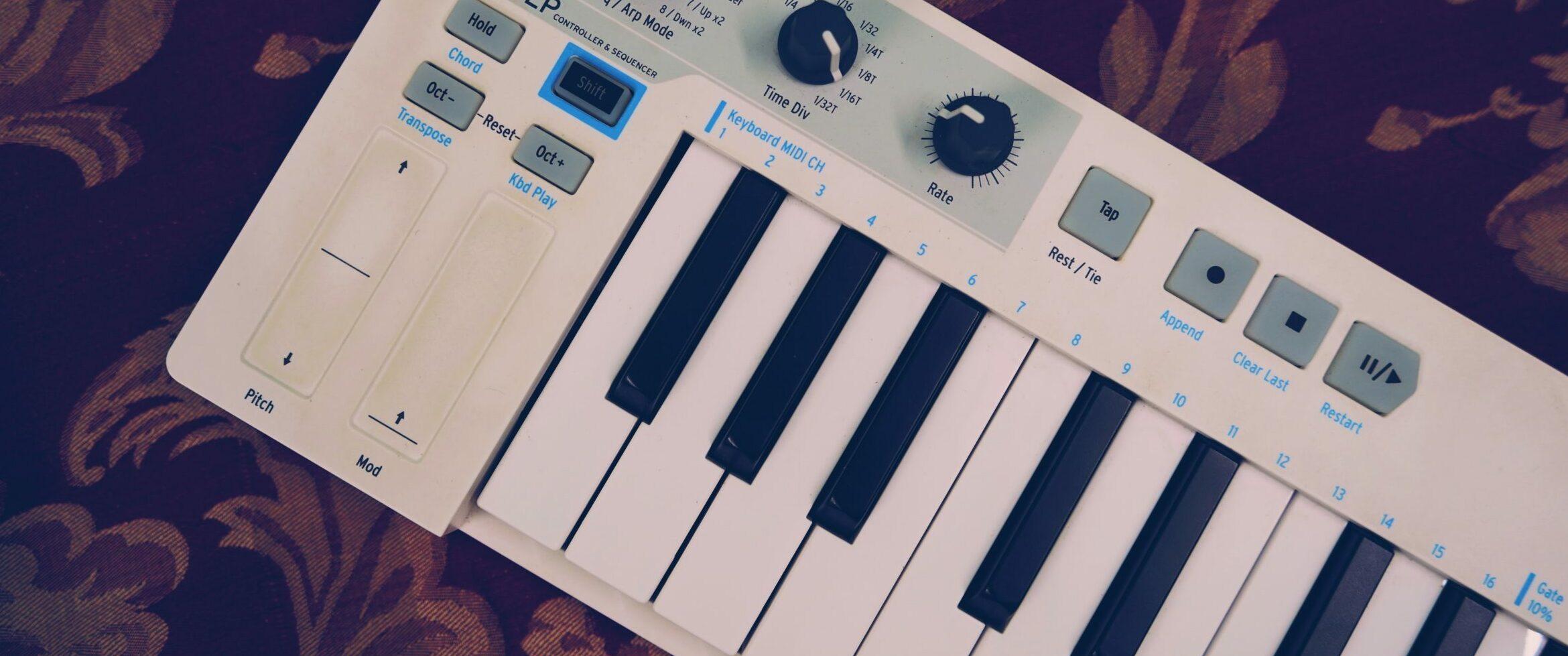So you’ve decided to venture out into the recording world. You’ve picked up a shiny new microphone and chosen an interface and you’re on your way to becoming the next big thing. However, sadly some of your recordings seem to lack depth and substance. You need them to live up to the standards of the mainstream. You need a quality preamp! Let us help you decipher the jargon and find the gear that’s for you.
Choosing The Right Type Of Preamp
Within the world of audio recording, there are four distinct preamp types, differentiated by their circuit design. These include Tube, Solid State, Hybrid, and Digital.
Tube
Often characterized by the ‘warm’ sound they give to a recording, this preamp design offers a lot of color. Most notably, this includes a deeper and rounder bass tone, open and airy highs, and a boost to the presence of the mid-range. As the gain is cranked with a tube pre, gentle second-order distortion is applied to the signal, resulting in the classic tone of this preamp style. Typical applications include, but are not limited to, vocals and bass guitars. Really, it’s good for anything you want to thicken up.

Solid State
Essentially the opposite of a tube preamp within the analog world, solid state preamps offer high gain and incredibly transparent signal processing. The use of transistors allows them to be cranked up without generating as much heat and therefore less distortion. With their incredibly clean signal path, solid state preamps lend themselves fantastically to acoustic instruments. You can capture the beautiful, natural sound of the violin as close to real life as possible.
Hybrid
As you may have guessed, hybrid preamps are a combination of the previous two. Some utilize a combined signal path with variable tube distortion, while others offer both tube and solid state separately, allowing you to blend the two to create unique tones. These are not as common in most studios because dedicated equipment makes more sense. However, for the home recording option, hybrid preamps can give you the best of both worlds without breaking the bank.
Digital
Often combined with interfaces, digital preamps convert an analog signal to a digital signal while imparting their own distinct sound. These are often very clean, like solid state preamps; however, they don’t utilize the nature of physical components. Instead, some offer ‘amp modeling,’ allowing you to add the digitally recreated sonic signature of various famous preamps. While these can be very good (and certainly better than the built-in pres in most interfaces), they should be approached with caution if you are looking for a truly analog feel.
Other Important Considerations
Now that you’ve decided which preamp type fits your recording needs, you just need to consider what else you’d like to be able to do. Many preamps will include features such as phantom power, phase inversion, HPF, and a pad. If you intend to record using condenser microphones or want to track some high-gain electric guitar, these are things to consider. Also, be aware of the inputs and outputs, and make sure your interface is equipped to handle them appropriately.
TL;DR
A high-quality preamp is just as important (if not more important) than a high-quality microphone. Do the research and find something that will suit your recording needs so that you aren’t underwhelmed by what you achieve. Once you’ve done your tracking, the next big consideration will be EQ. Why not check out our article on the various types of EQ?
À propos de l'auteur

Tim Dunphy
Ingénieur audio et rédacteur de contenu spécialiséPlus de 10 ans d'expérience dans le domaine de l'audio. Tout, de l'enroulement de XLR au mastering d'albums. Je suis un self-made-man et je garde mes actifs en bitcoins. Qu'y a-t-il de plus à savoir ?
Laisse un commentaire
Connecte-toi pour commenter.


